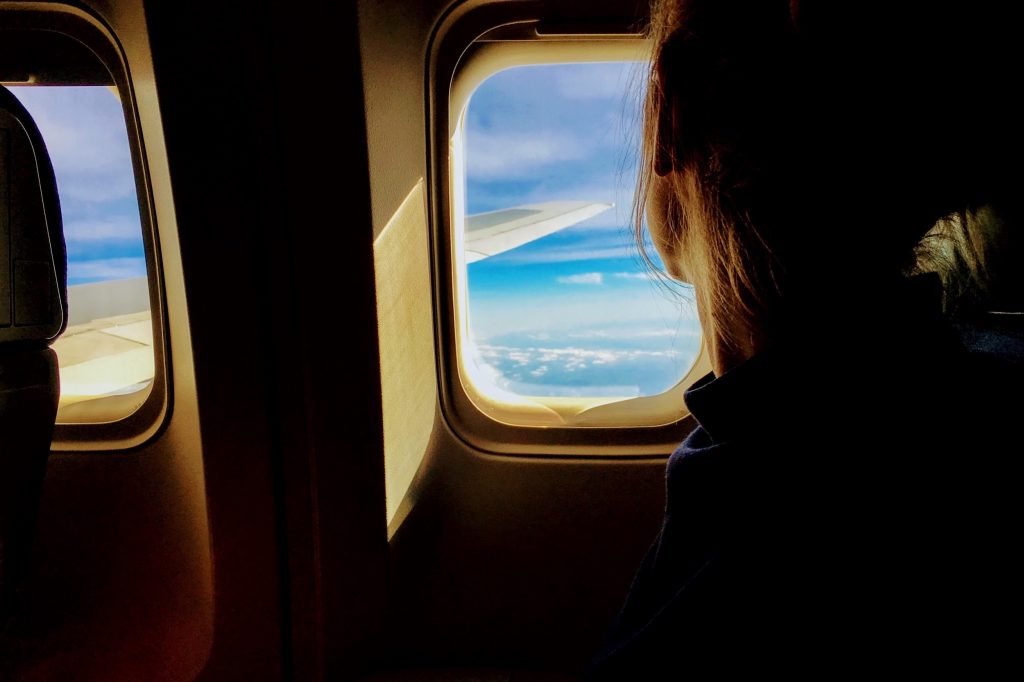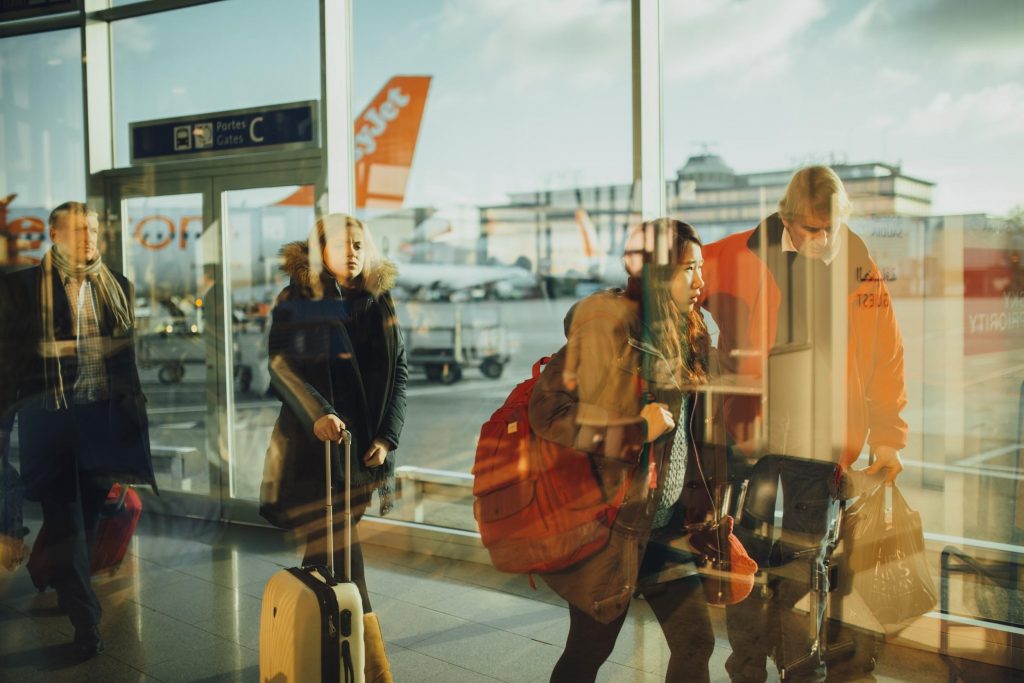InTrans / Oct 06, 2017
Flight Q&A
Go! Magazine
 posted on October 6, 2017
posted on October 6, 2017
Let’s talk about the art of flight. It seems as if we’re flying more than ever, with air travel becoming more and more of a necessity. That said, there can be a lot of questions related to flight, and here at GO! Magazine, we wanted to answer a few of the ones we had on our mind: Is flying dangerous? Do we fly more or less than we used to? How harmful is the impact of the airline industry? Let’s take a closer look with our flight Q&A!
Is flying dangerous? Is it more dangerous than driving?
Here’s the thing, even though flying causes a lot of traveler’s anxiety, data shows that you’re much better off traveling in the sky than on land. The estimated odds of a plane crash are one for every 1.2 million flights. The chances that the plane crash will be fatal are even slimmer, with the odds of dying being 1 in 11 million. In 2016, 325 people died in 19 airplane crashes around the world. That said, you’re more likely to write a New York Times bestseller, date a millionaire, or drown in your own bathtub. The odds you’ll die in a car crash are much higher, about 1 in 645.

Do Americans fly more or less than people in other countries?
People from the United States generally fly more than people from other countries, taking about 6.7 trips a year on average. A recent survey suggests that “the world’s top 10 biggest travelers” by country are Finland, the United States, Sweden, Denmark, Norway, Hong Kong, New Zealand, Canada, Australia, and France, with the United States coming in as the second highest behind Finland.
How many Americans own a passport? How many travel abroad?
What separates American travelers from the rest of the countries on the list is that international travel is very limited. Only 1 in 5 Americans traveled abroad in 2013 and fewer than half of Americans own a passport—only about 42 percent. Although this busts the myth that fewer than 10 percent of Americans own a passport, the US does have the largest domestic travel market in the world. In other words, Americans travel a lot, but tend to stick to their own country. That said, a record number of Americans traveled abroad in 2016, an 8 percent increase from the previous year. But data does suggest that Americans are broadening their horizons with international travel. Those who choose to travel internationally are most likely to go to Europe, the Caribbean, Asia, and South America.
Do we fly more or less than we used to?
In the United States, people are flying more than ever before. According to the Bureau of Transportation Statistics, there’s been an increase in both international and domestic flights since 2009. According to a survey from Airlines for America, 81 percent of the adult population reported that they had flown in their lifetime, up from 49 percent in 1971.

Do we fly more for business or pleasure?
A 2016 survey from Airlines for America suggests that Americans are flying more for personal leisure purposes than anything else. The survey reported than 31 percent of people traveled for business purposes (compared to 47 percent in 1997), while 48 percent of people traveled for leisure. Then, the remaining 21 percent traveled for personal non-leisure purposes. Those surveyed took an average of 2.3 leisure trips in 2015.
What’s the impact of flying on the environment?
Greenhouse gas emissions from aviation continue to grow. As planes fly through the air, jet fuel is burned and the carbon in the fuel bonds with the oxygen in the air to form carbon dioxide (CO2). Since 1990, CO2 emissions from international aviation have increased by 83 percent. Aviation accounts for 4 to 9 percent of the total climate change impact caused by human activity.
To reduce your impact when flying, choose to fly less, fly coach, and listen to your flight attendants. Additionally, some commercial airlines have introduced the use of biofuels to their airplanes, which is estimated to cut at least 60 percent of greenhouse gas emissions compared to regular jet fuel.
References
curiosity.com/topics/how-do-people-survive-plane-crashes-o53cN3Xy/
www.theodysseyonline.com/21-things-more-likely-than-dying-in-plane-crash
https://injuryfacts.nsc.org/all-injuries/preventable-death-overview/odds-of-dying/
www.iii.org/fact-statistic/facts-statistics-mortality-risk
www.traveller.com.au/the-worlds-biggest-travellers–which-nationality-takes-the-most-trips-11979j
thepointsguy.com/2017/01/record-number-of-americans-traveled-abroad-2016/
www.huffingtonpost.com/william-d-chalmers/the-great-american-passpo_b_1920287.html
www.transtats.bts.gov/Data_Elements.aspx?Data=1
airlines.org/wp-content/uploads/2016/04/2016Survey.pdf
www.nytimes.com/2017/07/27/climate/airplane-pollution-global-warming.html?mcubz=1
Related links
(Article) Flying Is Bad for the Planet. You Can Help Make It Better: www.nytimes.com/2017/07/27/climate/airplane-pollution-global-warming.html?mcubz=1
By Hannah Postlethwait, Go! Staff Writer